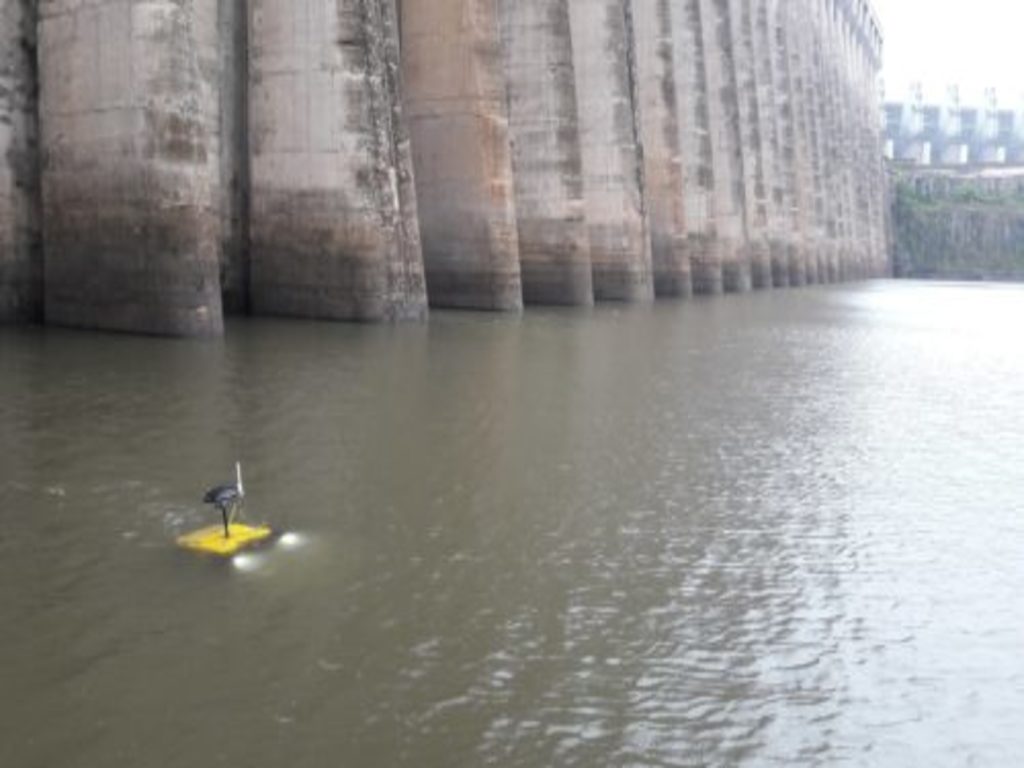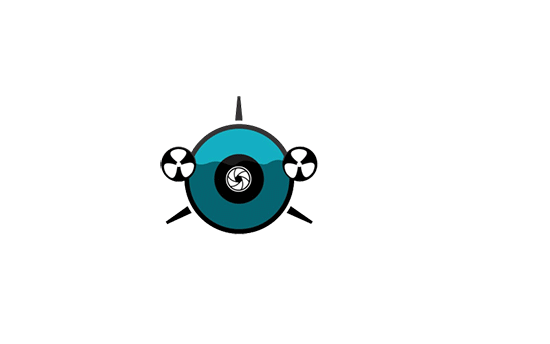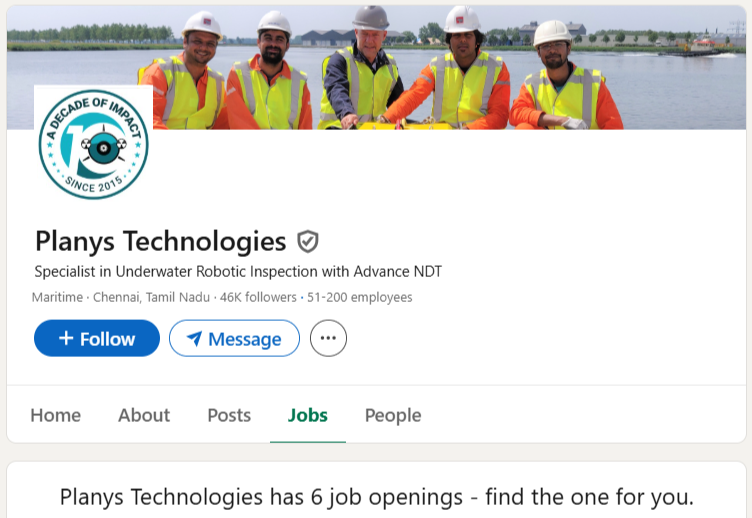
28 Feb 2019 | Posted By
Underwater structures are being built everywhere across the world now. What started with the construction of underwater research stations in the 1960s has given rise to a revolution that has engulfed even developing nations now. Countries are now increasingly adopting the initiative to build structures underneath water. This is so the problems relating to land availability and transportation are effectively taken care of.
Industries such as offshore Oil and Gas, Shipping, Ports, Dams & Power plants are seeing an increased number of underwater structures coming up. Over the last decade or so, India has seen thousands of such structures come up in the oceans and near the coastal belts.
These underwater structures with all their pros come with their own challenges too. The structures need to be monitored and maintained so they don’t fail to fulfil their desired objectives.
Underwater Structures and their ongoing woes!
A few major problems these underwater structures face are as follows:
- Budget – Building beneath water is a costly affair mainly due to the usage of heavy machinery, devices and the fact that the services of experienced professionals are required.
- Erosion –Erosion is the method of weathering and delivery of solids (sediment, soil, rock and different rock particles) in the natural surroundings or their source from one place to another. It normally takes place due to wind, water or ice so engineers ought to pick out appropriate materials for underwater structures.
- Location of fuel – Damages could occur to the structures under water when they come in unwanted contact with any drilling machines on the lookout for oil in the oceans. At times, accidental contact with any ships sailing could also cause damage that may actually be irreparable.
- Aeration – The possibility of aeration is also a danger to the structures underwater. This is one problem that could really do a lot of damage to a structure underwater.
- Underwater corrosion – The seawater is corrosive in nature due to its inherent properties. This has a devastating effect on structures underwater as not only does it affect their surface but also their composition & integrity.
- Storms & weather – Though the structures built for serving underwater are built keeping in mind the conditions they will be subjected to, still without maintenance the longevity of structures does get affected. The constant exposure to continuous wear & tear of the so many storms and the harsh weather of the underwater world gradually weakens the structures thereby having the potential to cause catastrophic damages in the future if not maintained properly.
- Underwater collisions – One way to tackle the above mentioned problems is to conduct regular underwater inspections but doing so becomes furthermore difficult due to the tendency of teams meeting with accidents. A major cause of these accidents has been collisions taking place during the tenure of inspection and maintenance. This is another reason why manual inspections or any other maintenance work that requires for human labor involved underwater is deemed expensive and risky.
These challenges among the others when ignored have caused catastrophic events in the past. A few prime examples would be the following incident:
Piper Alpha – North Sea – Year, 1988

Deep Water Horizon/Macondo – Gulf of Mexico – Year, 2010

ONGC BHN Accident – West Coast of India – Year, 2005

In all of the above stated incidents, the losses were huge and they weren’t restricted to monetary losses alone. Human lives were lost, natural habitat in the area disturbed and damage to the equipment or the whole set up in general was irreparable.
To tackle, accidents like the ones mentioned above, companies worldwide started to adopt a process widely known as Asset Integrity Management.
What is Asset Integrity Management?
Asset Integrity Management by definition is the means of ensuring that the people, systems, processes and resources that deliver integrity are in place, in use and will perform when required over the whole lifecycle of the asset.
The risk of a major incident can never be reduced to zero. Significant reductions in the likelihood of occurrence and consequence can be achieved by utilizing a systematic delivery and assurance process. This enhances the asset’s overall reliability and performance. Asset Integrity Management can further be described as the continuous assessment process applied throughout design, construction, installation and operations to assure that the facilities are and remain to be fit for purpose.
The aim of the asset integrity management process is to provide a framework for the following:
- Compliance with company standards, regulatory and legislative requirements
- Assurance of technical integrity by the application of risk based or risk informed engineering principles and techniques
- Delivery of the required safety, environmental and operational performance
- Retention of the License to Operate
- Optimization of the activities and the resources required to operate the facilities whilst maintaining system integrity
- Assurance of the facilities’ fitness for purpose
Asset Integrity Management in the context of underwater structures plays a highly important role. In general, asset integrity management is a process that is initiated at the very point when the structure is being built. In such cases, adherence to the process becomes easier when compared to situations wherein it is initiated somewhere during the lifecycle of the structure. In the case of the latter, traditional methods such as using scuba divers does not suffice.

Asset Integrity Management & Human Divers? Not the best combination!
The employment of scuba divers during any stage of the Asset Integrity Management process comes with its own set of restrictions which are as follows:
- Divers have limitations on the number of probes/payloads and instruments they can carry
- Divers typically inspect in depth ranges of 15-30m and can reach a maximum of 50m of depth
- Divers can stay underwater only for 1-2 hours at a time because any time spent later than that underwater will pose serious health risks such as nitrogen narcosis.
- Diver inspections have limited efficiency as a result of which collection of robust and reliable data is a challenge
- Divers are unable to geotag due to which they can’t mark specific areas so they can go back and visit them again
- Assessment of environmental conditions such as toxicity and radiation levels pose a serious health hazard to the diver
- Diver fatalities are a common occurrence due to over exertion (~100 deaths per year). Diving to such levels of depth and on a regular basis is hazardous and can cause serious health complications
With these limitations, various industries in India like offshore Oil and Gas, Shipping, Ports, Dams and Power Plants are either forced to skip/ delay/ compromise on their Asset Integrity Management Process or simply end up spending more money.
This led to technology experts with the required knowledge of this domain to come up with a solution. A solution that is being readily accepted now by companies world over. Consequently, a few good companies have come up in the area of underwater inspection using ROVs.
This solution is the ROV – Remotely Operated Vehicle.
What is an ROV?

While Dimitri Rebikoff is credited with building the first tethered ROV in 1953, the US military expanded on the technology to retrieve equipment lost at sea. In 1966, the US Navy recovered an atomic bomb lost in a plane crash offshore Spain using an ROV, and in 1973, an ROV was used to save sailors in a sunken submersible offshore Ireland.
The commercial world quickly began manufacturing preliminary versions of ROVs for the offshore oil and gas industry. Although these products were not as successful initially, the technology has come a long way. Now ROVs are regularly used offshore for petroleum developments and drilling, military and science efforts, as well as underwater cable endeavors.
ROVs are unoccupied, highly maneuverable underwater robots. They can be operated by a person sitting on a surface vessel, using a joystick in a similar way that you would play a video game. ROVs allow for the exploration of the ocean without the need for a person to be underwater.
A group of cables, or tether, connects the ROV to the ship, sending electrical signals back and forth between the operator and the vehicle. Most ROVs are equipped with at least a still camera, video camera, and lights, meaning that they can transit images and video back to the ship. Additional equipment, such as a manipulator or cutting arm, water samplers, and instruments that measure parameters like water clarity and temperature, may also be added to vehicles to allow for sample collection.
ROVs range in size from that of a small computer to a small truck. The larger ones are very heavy and need other equipment such as a winch to put them over the side of a ship and into the water.
While using ROVs eliminates the “human presence” in the water, in most cases, ROV operations are simpler and safer to conduct than any type of occupied-submersible or diving operation. This helps the operators stay safe (and dry!) on ship decks.
How are ROVs better than human divers in Asset Integrity Management?
A few reasons as to robotic inspection or ROV inspections are a perfect substitute to diver based inspection, as a means to facilitating the Asset Integrity Management process are as stated below:
- Most underwater structures lies in shallow waters and ROVs are capable of performing shallow water inspection as per industrial standards and needs.
- A thorough underwater inspection is difficult for human divers in the case of situations afflicted with inaccessible or hazardous conditions. ROVs make this difficult job easy since they are capable of deployment even in the most hazardous of conditions.
- Unlike human divers, ROVs are capable of reaching great depths with an unlimited and untamed endurance and efficiency.
- During underwater inspections, ROVs have a high endurance level of up to 8 hours a day even.
- ROVs are capable of capturing robust, reliable and repeatable data capture owing to the robotic technology they are equipped with. This data is extremely critical as it helps the managers on the surface make informed decisions.
- ROVs are capable of shooting and transmitting high definitions videos and photographs to their operators sitting on the surface. This is one of the most important advantages that ROVs have over human divers as for accurate corrosion mapping and weld inspection, high quality images and videos are a must.
- Since ROVs are unmanned, they pose no risk to the engineers during operations.
- Since deep water diving poses a risk to the lives of human divers than the deployment of ROVs eliminates this risk.
- ROVs can inspect through various coatings thereby helping locate anomalies.
- ROVs are extremely easy to maneuver and any person with a sharp mind and basic technical know-hows can manage them.
- ROVs are especially a great help in the inspection of the butt weld region of open chainlinks.
All of these advantages justify the choice of leading companies today to choose ROVs as a substitute for human divers when conducting the Asset Integrity Management process.
In addition to the above stated advantages ROVs also come equipped with the following capabilities which make them all the more efficient:
- SONAR surveys (bathymetry and Side Scan SONAR)
- Live streaming for engineer
- LASER aided defect quantification
- HD Visual Inspection
- Ultrasonic thickness gauging
- Spot cleaning
- Analysis and reporting software
These advantages and capabilities result in the engineers and management having all the necessary information with them at the completion of the Asset Integrity Management process. ROVs enable them to make decisions on the basis of the data gathered. Wise decision making on their part resultantly benefits the company too.


